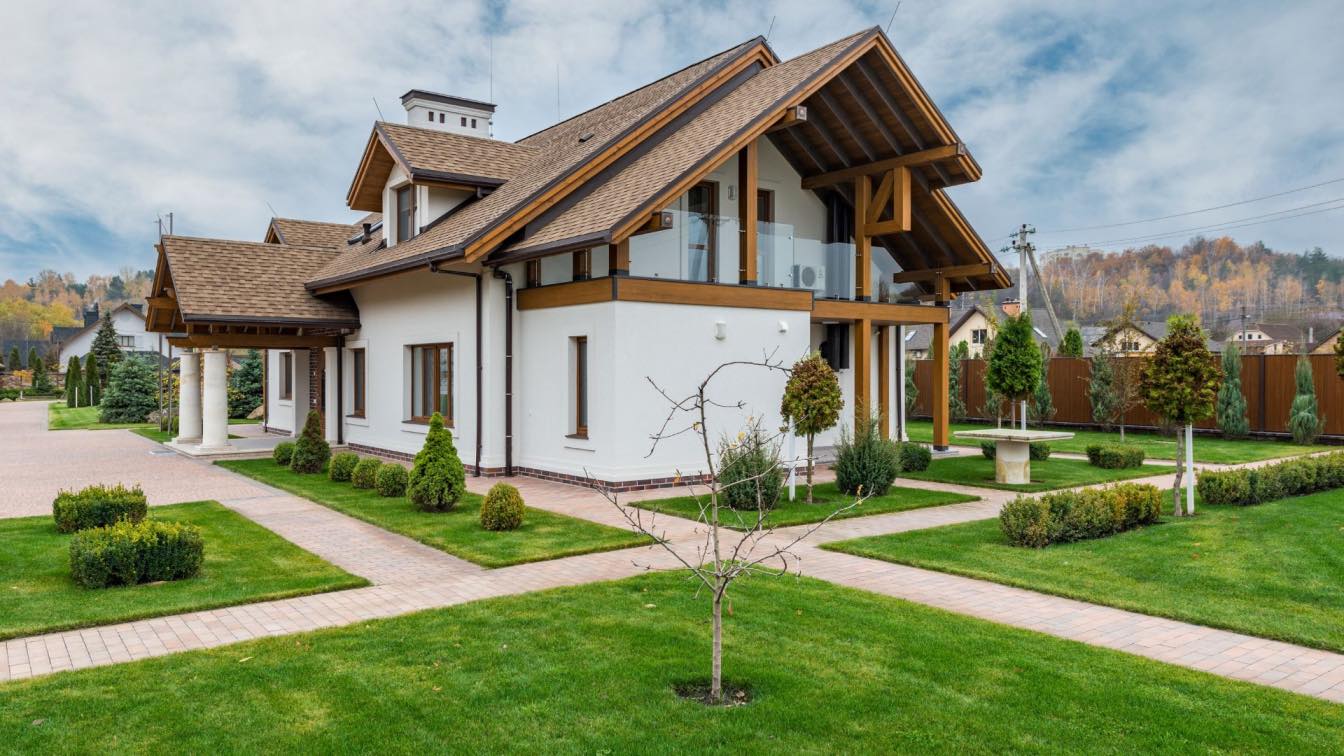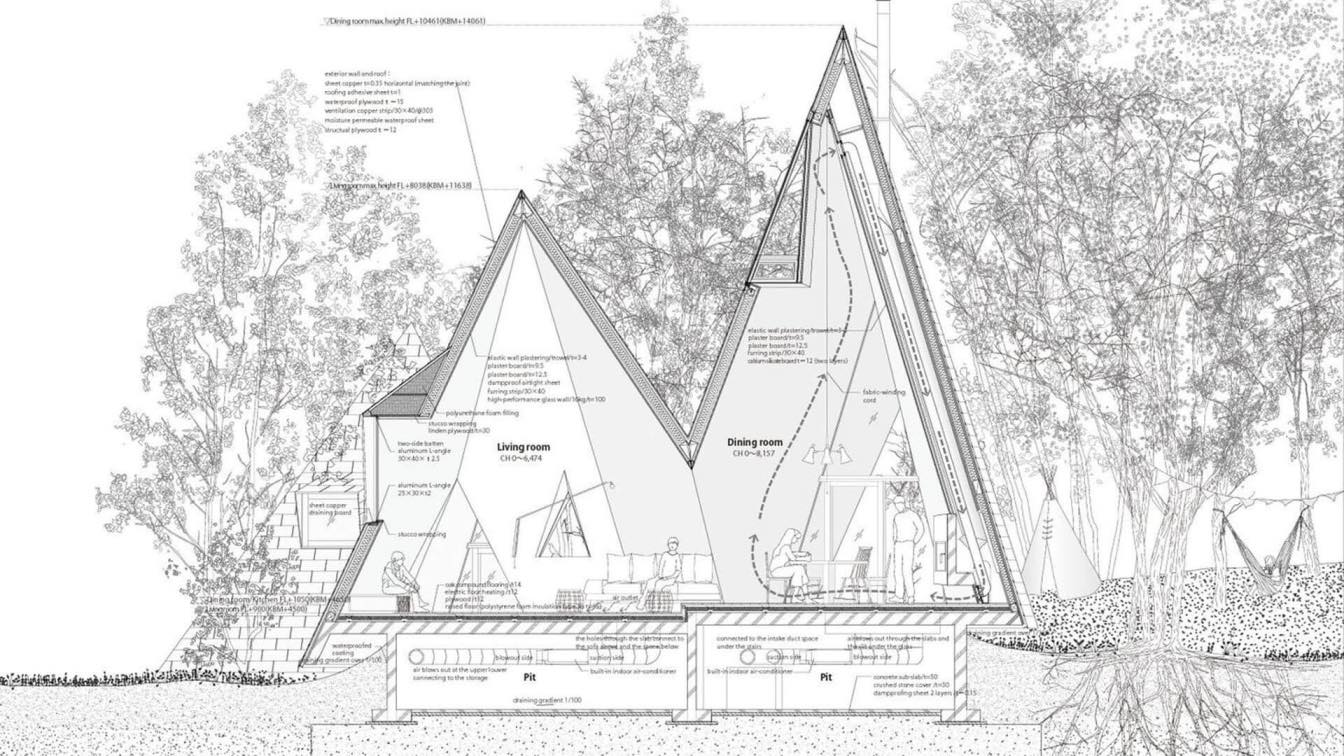Architectural restoration represents a fascinating intersection of historic preservation, modern engineering, and cultural conservation. This article explores the landscape of restoring older buildings.
We will examine the challenges, strategies, and critical considerations for transforming aging structures into vibrant, safe, and functional spaces.
From identifying hidden material risks to implementing cutting-edge preservation techniques, let’s uncover the journey of architectural restoration that goes far beyond simple renovation.
Challenges of Architectural Revival
Architectural restoration is far more than a simple makeover. It represents a delicate balance between preserving historical integrity and ensuring modern safety standards.
Older buildings carry stories within their walls, but they also carry complex challenges that demand meticulous attention and expertise. The journey of restoring a historic structure begins with a comprehensive assessment.
Professionals must decode layers of architectural history, understanding the building's original construction techniques and materials. Each building presents a unique puzzle, with potential structural weaknesses hidden beneath decades of modifications and wear.
Structural integrity emerges as a critical concern during restoration projects. As per CPD online, buildings constructed before the 1980s often contain materials that would be considered hazardous by contemporary standards.
Among these materials is asbestos. It stands out as a particularly problematic material that was once celebrated for its fire-resistant and insulating properties.
Asbestos Minefield in Architectural Restoration
Asbestos represents a significant challenge in architectural restoration. This once-popular building material is now recognized as a severe health hazard. From 1920 to 2020, approximately 2,55,000 deaths per year were reported worldwide due to asbestos in various industrial settings, according to NIH.
Restoration professionals must conduct thorough material investigations before initiating any renovation work. Specialized testing helps identify asbestos-containing materials in insulation, floor tiles, ceiling panels, and decorative elements.
The removal process requires strict protocols to prevent environmental contamination and protect human health. According to TorHoerman Law, asbestosis, a chronic lung disease, can be caused by asbestos exposure.
Thousands of people, especially construction workers, carpenters, and electricians, are facing severe health issues due to the exposure. An asbestosis lawyer can provide critical guidance in understanding legal protections for workers and residents during complex restoration projects.
These legal experts help ensure comprehensive safety measures are implemented, protecting both restoration teams and future building occupants. Comprehensive testing involves multiple strategies:
1. Visual inspection of potential asbestos-containing materials
2. Sampling and laboratory analysis
3. Advanced imaging techniques to detect hidden material layers
4. Historical documentation review of original construction methods
Sustainable Restoration for Balancing Heritage and Modern Standards
Modern restoration goes beyond mere preservation. It involves reimagining spaces to meet contemporary environmental and safety standards while respecting architectural heritage. This approach requires innovative solutions that blend traditional craftsmanship with cutting-edge technologies.
Key considerations in sustainable restoration:
1. Energy efficiency upgrades
2. Adaptive reuse of existing structures
3. Minimal environmental impact during renovation
4. Preservation of original architectural elements
5. Implementation of modern safety standards
Statistical insights reveal the growing importance of restoration:
According to Unconn, restoration projects, especially ecological restorations, can increase property values by 11-15%.
As per Research Gate, sustainable restoration reduces construction waste by up to 70% as it becomes recyclable.
Multiple Aspects to Consider in Architectural Restoration
Technological advancements have revolutionized restoration techniques. As per MDPI, 3D scanning allows precise documentation of existing structures. Advanced materials enable seamless integration of modern improvements while maintaining historical authenticity.
Environmental considerations now play a crucial role in restoration projects. Professionals must balance preservation efforts with sustainable practices. This includes selecting environmentally friendly materials, minimizing waste, and reducing the carbon footprint of restoration work.
Risk management becomes important in complex restoration projects. Comprehensive assessments help identify potential structural weaknesses, material hazards, and environmental challenges. Professional teams must develop multi-layered strategies addressing both immediate restoration needs and long-term building sustainability.
Economic factors significantly influence restoration decisions. Even though preservation may cost more upfront, it's frequently more affordable in the long run. Restored buildings typically demonstrate higher market value and reduced maintenance costs compared to completely reconstructed structures.
Training and expertise represent critical components of successful architectural restoration. Professionals must combine historical knowledge, technical skills, and innovative thinking. Specialized educational programs now focus on developing comprehensive restoration capabilities that address complex architectural challenges.
The future of architectural restoration looks promising. Emerging technologies like artificial intelligence and advanced material sciences are creating unprecedented opportunities for preserving and revitalizing historical structures.
Frequently Asked Questions (FAQs)
How does architectural restoration impact environmental health?
Architectural restoration can affect environmental health through the use of materials containing toxic substances like asbestos, lead paint, or other hazardous chemicals. When improperly managed, these substances can contaminate air, soil, and water, leading to health issues for workers and nearby communities. Safe disposal methods and eco-friendly materials can mitigate these risks.
Why is restoration critical for climate change mitigation?
Architectural restoration helps combat climate change by reducing construction waste and preserving embodied carbon in existing materials. Reusing structures eliminates the need for resource-intensive new builds and promotes sustainable urban development. Integrating green technologies further enhances the ecological benefits, contributing to global carbon reduction goals.
What are the primary health risks for workers during restoration projects?
Workers in restoration projects face many health risks. It includes respiratory issues from dust and mold, exposure to harmful chemicals in older building materials, and physical injuries due to outdated structures. Implementing strict safety measures like protective gear and air filtration systems is critical to minimizing these risks.
These innovations enable more precise, efficient, and sustainable restoration approaches. Restoration professionals must continuously adapt to evolving challenges. Climate change, technological advancements, and changing safety standards require ongoing education and flexible methodologies.
The most successful restoration projects demonstrate a perfect blend of respect for historical integrity and forward-thinking innovation. Collaborative approaches are increasingly important in architectural restoration.
Multidisciplinary teams comprising historians, engineers, environmental experts, and legal professionals work together to develop comprehensive restoration strategies. This holistic approach ensures more effective and sustainable outcomes.





